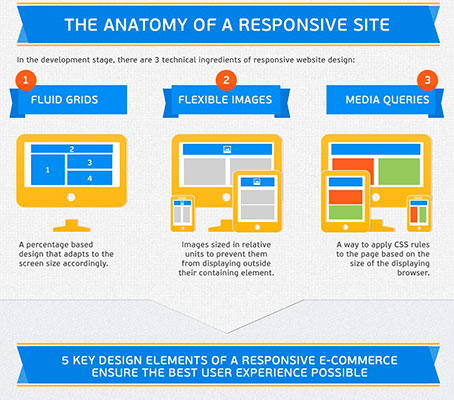Core Principles Of Site Design: Guidance For Crafting A User-Friendly Online Visibility
Core Principles Of Site Design: Guidance For Crafting A User-Friendly Online Visibility
Blog Article
Material Develop By-Scarborough Thorpe
When it involves website design, guaranteeing user-friendliness is essential. From responsive style to structured navigating, every component plays an essential function in creating a website that deals with your audience's demands. Yet what regarding relevant internet site that can make or damage an individual's searching experience? Stay tuned as we uncover some often-overlooked pointers that can elevate your web site's functionality to the following degree, making it truly stand apart in the electronic landscape.
Importance of Responsive Layout
Receptive layout is a vital element of modern internet site growth. Ensuring your website is responsive methods that it can adapt to different screen sizes and devices, giving a smooth experience for users.
With the raising use smart devices and tablet computers to access the web, having a receptive layout is necessary for getting to a bigger audience. It aids in improving customer experience by making your site easy to navigate and continue reading any kind of tool.
Additionally, receptive layout can favorably affect your online search engine rankings, as internet search engine like Google prioritize mobile-friendly internet sites. By having a responsive style, you're also future-proofing your internet site, as brand-new gadgets with differing display dimensions remain to emerge.
Simplify Navigating Structure
To improve customer experience and help with very easy access to information on your internet site, improving the navigation framework is vital. When creating your site, concentrate on producing a clear and user-friendly navigating menu that helps site visitors find what they're looking for rapidly.
Limit the number of menu items to the basics, organizing relevant web pages with each other to avoid overwhelming customers. Usage detailed tags that clearly suggest the content of each web page, making it easier for customers to understand where each web link will certainly take them.
Consider applying dropdown menus for subcategories to prevent cluttering the main navigation bar. In addition, consist of a search bar plainly on the web page for customers that favor looking for details details.
web design and web development on mobile responsiveness in your navigation style to guarantee very easy access on all gadgets.
Maximize Web Page Lots Speed
Improving page load speed is essential for retaining site visitors on your site. Slow-loading web pages irritate individuals and can bring about high bounce prices. To enhance web page load speed, begin by maximizing images. Press pictures without endangering quality to lower their data sizes.
In addition, enable internet browser caching to store regularly accessed sources in your area, accelerating load times for returning site visitors. Minify CSS, JavaScript, and HTML files by getting rid of unneeded personalities, remarks, and format, enhancing tons speed.
Consider using a material shipment network (CDN) to disperse your web site's material across multiple web servers worldwide, lowering latency for individuals accessing your site from different areas. Finally, limit making use of third-party scripts and plugins, as they can significantly impact load times.
Final thought
In conclusion, by including responsive style, simplifying navigating, and maximizing web page lots speed, you can create an easy to use web site that appeals to a broader target market and boosts customer experience. These essential elements guarantee that site visitors can conveniently accessibility and browse your site throughout various tools, bring about boosted interaction and fulfillment. By focusing on these crucial aspects, you can build a successful website that maintains users coming back for even more.
